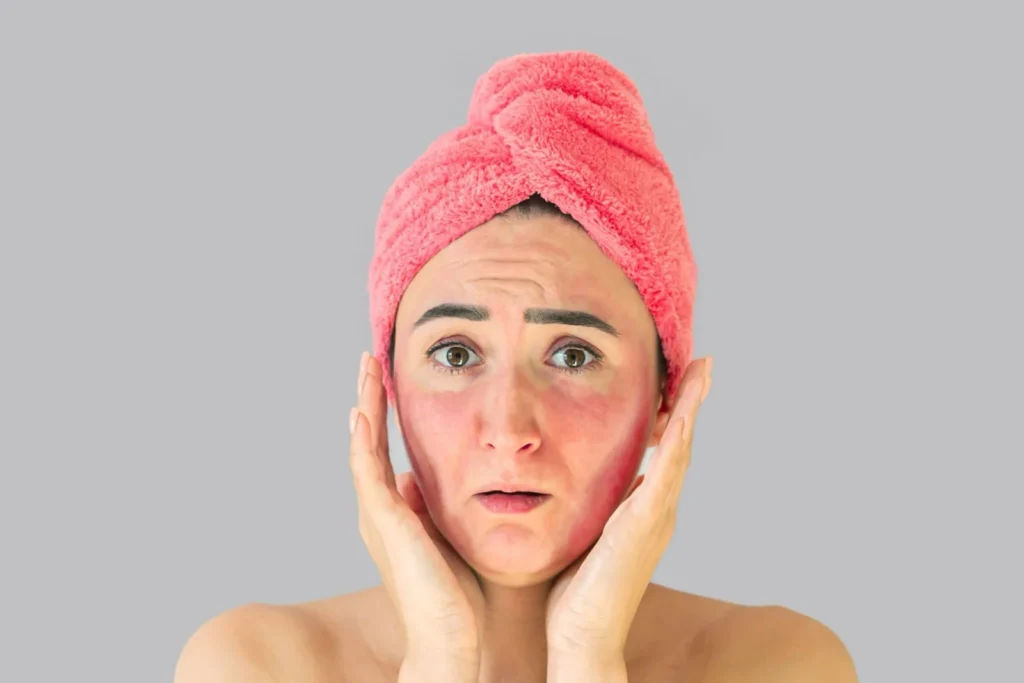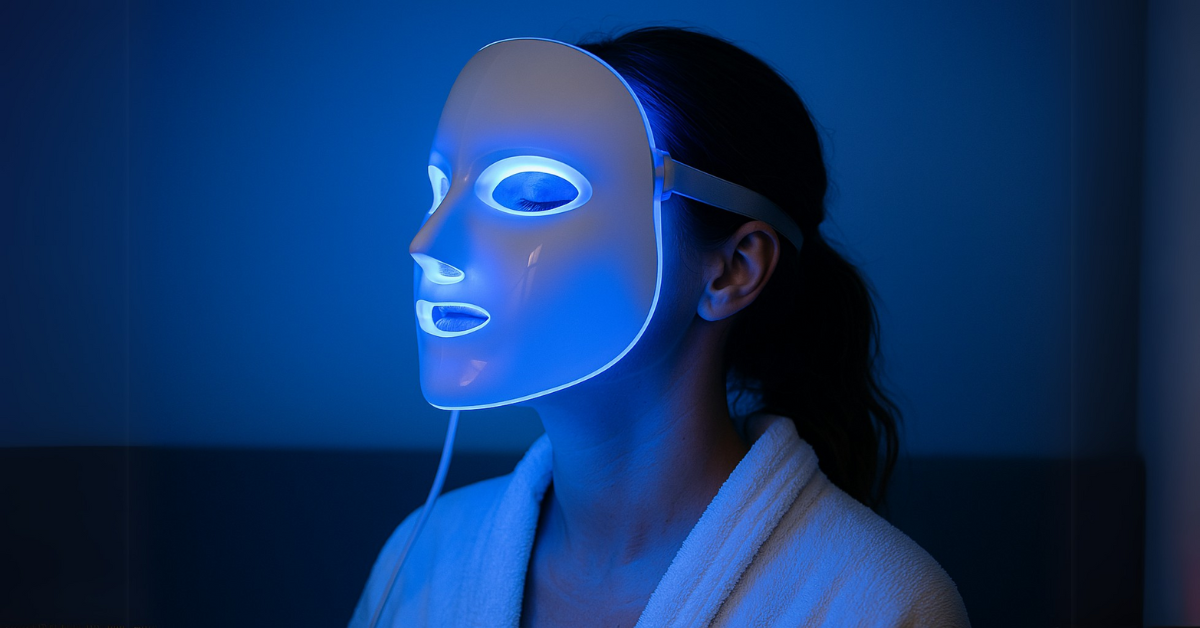The Ultimate Guide to Rashes: Causes, Treatments, and Prevention
Rashes are one of the most common skin concerns, affecting people of all ages and backgrounds. While many rashes are harmless and resolve on their own, others may signal underlying health conditions that require attention. In this comprehensive guide, we’ll explore the causes, types, treatments, and prevention strategies for rashes. By the end, you’ll have the knowledge to better understand and manage this often-misunderstood skin issue.
What Are Rashes? An Overview
A rash is an area of irritated or inflamed skin that may appear red, bumpy, scaly, or itchy. Rashes can occur anywhere on the body and often vary in appearance based on the individual’s skin tone and the underlying cause.
Common Symptoms of Rashes:
- Redness or discoloration
- Swelling
- Itching or burning sensation
- Dry, flaky, or peeling skin
- Blisters or welts
Understanding the symptoms is the first step to identifying the type of rash and its potential cause. While some rashes may be benign and temporary, others may require medical evaluation to ensure proper care.
Common Causes of Rashes
Rashes can result from a variety of factors, ranging from allergic reactions to chronic skin conditions. Here are some of the most common causes:
1. Allergic Reactions
- Foods: Certain foods like shellfish, nuts, or dairy can trigger allergic rashes.
- Medications: Antibiotics, aspirin, and other medications may cause skin reactions.
- Environmental Allergens: Pollen, pet dander, or mold can lead to contact dermatitis.
2. Infections
- Viral: Chickenpox and measles often present with distinctive rashes.
- Bacterial: Impetigo, caused by staphylococcus bacteria, results in red sores.
- Fungal: Ringworm and athlete’s foot are examples of fungal rashes.
3. Chronic Skin Conditions
- Eczema: Characterized by dry, itchy patches, often triggered by irritants.
- Psoriasis: A condition where skin cells build up, forming scaly patches.
- Rosacea: Causes redness and small bumps, typically on the face.
4. Environmental Factors
- Heat and Humidity: Prolonged exposure can lead to heat rash.
- Chemical Irritants: Soaps, detergents, and cleaning products may irritate the skin.
By identifying the cause, you can take targeted steps to treat and prevent rashes effectively.
Types of Rashes and How to Identify Them
Rashes vary widely in appearance and cause. Here are some of the most common types:
- Contact Dermatitis: Red, itchy patches caused by direct contact with an irritant or allergen. Common examples include reactions to jewelry or soaps.
- Heat Rash: Small, itchy bumps resulting from blocked sweat ducts, often occurring in hot, humid weather.
- Hives: Raised, itchy welts caused by allergic reactions, stress, or infections.
- Viral Rashes: Measles and chickenpox produce widespread rashes accompanied by other symptoms like fever.
- Eczema: Chronic, recurring dry patches that may ooze or crust over.
Pro Tip: If you’re unsure about a rash’s origin, take a photo and monitor its progression to help a healthcare provider make an accurate diagnosis.
How to Treat Rashes Effectively
The treatment for rashes depends on the underlying cause. Here’s a breakdown of common approaches:
1. Home Remedies
- Cool Compresses: Reduce inflammation and soothe itching.
- Oatmeal Baths: Help relieve dryness and irritation.
- Aloe Vera: Provides a cooling effect and promotes healing.
2. Over-the-Counter Solutions
- Hydrocortisone Cream: Reduces itching and inflammation.
- Antihistamines: Oral medications like Benadryl can alleviate allergic reactions.
- Antifungal Creams: Effective for treating fungal infections like athlete’s foot.
3. Prescription Medications
- Topical Steroids: For severe inflammation and chronic skin conditions.
- Antibiotics: Necessary for bacterial infections.
- Immunosuppressants: For autoimmune-related rashes like psoriasis.
4. When to See a Doctor
- Persistent rashes that don’t improve with home treatment.
- Symptoms like fever, pain, or pus, indicating a possible infection.
- Widespread or severe rashes that interfere with daily activities.
Preventing Rashes: Tips and Best Practices
Preventing rashes often involves simple changes to your daily routine:
Everyday Skincare Habits
- Use fragrance-free, hypoallergenic products.
- Moisturize daily to maintain the skin’s natural barrier.
- Avoid excessive scrubbing or hot water during showers.
Lifestyle Adjustments
- Identify and avoid known allergens.
- Wear loose, breathable clothing to reduce irritation.
- Stay hydrated to support overall skin health.
Seasonal Tips
- Winter: Use a humidifier and rich moisturizers to combat dryness.
- Summer: Stay cool and dry to prevent heat rash.
By adopting these practices, you can significantly reduce your risk of developing rashes.
FAQs About Rashes
Q: Are all rashes contagious? A: No, most rashes are not contagious. However, conditions like chickenpox, scabies, and ringworm can spread to others.
Q: Can stress cause a rash? A: Yes, stress can trigger conditions like hives or worsen existing skin issues like eczema.
Q: How long does it take for a rash to heal? A: The healing time depends on the cause. Mild rashes may resolve in a few days, while chronic conditions like eczema require ongoing management.
Final words
Rashes are a common yet complex skin concern. Whether caused by allergies, infections, or chronic conditions, understanding their origin is key to effective treatment and prevention. By incorporating simple skincare habits and knowing when to seek professional advice, you can keep your skin healthy and rash-free.
If you found this guide helpful, share it with someone who might benefit. For more tips and expert advice, subscribe to our newsletter or explore our other articles on skincare and wellness.






